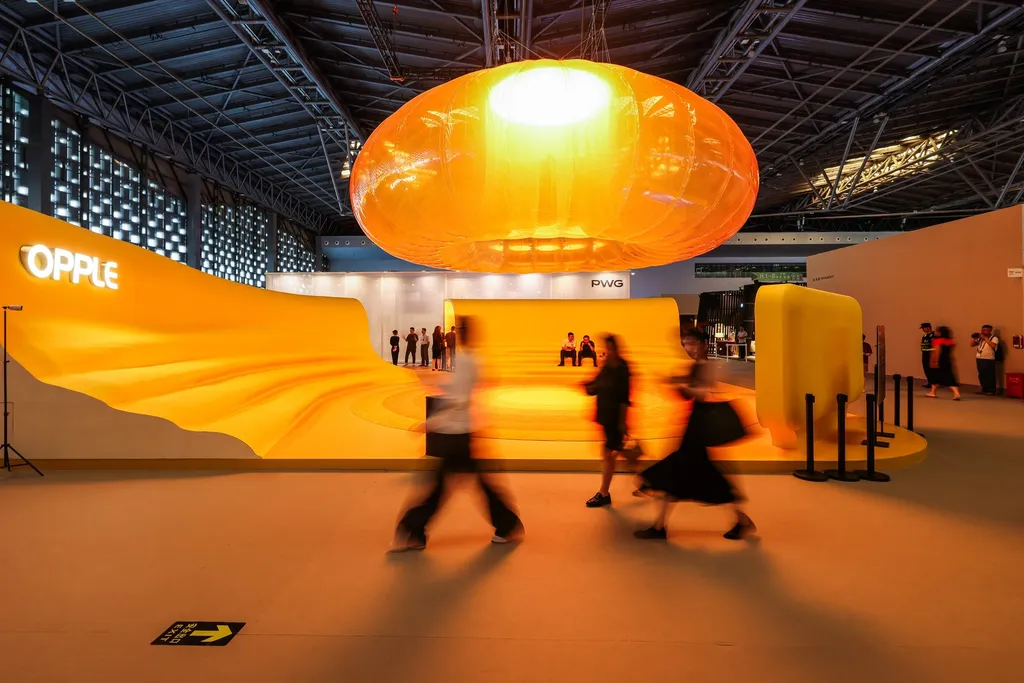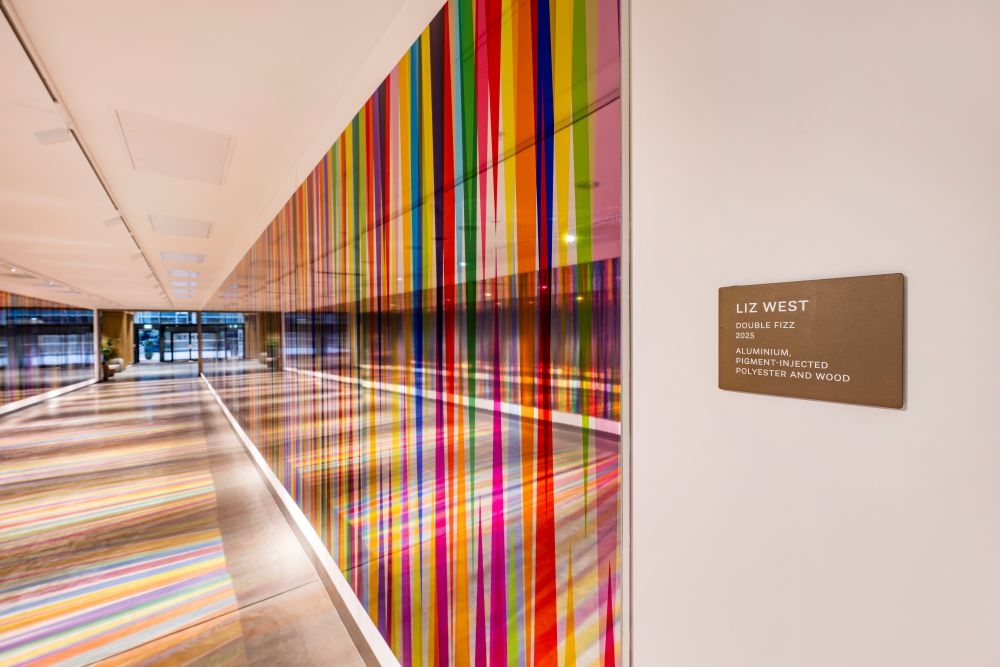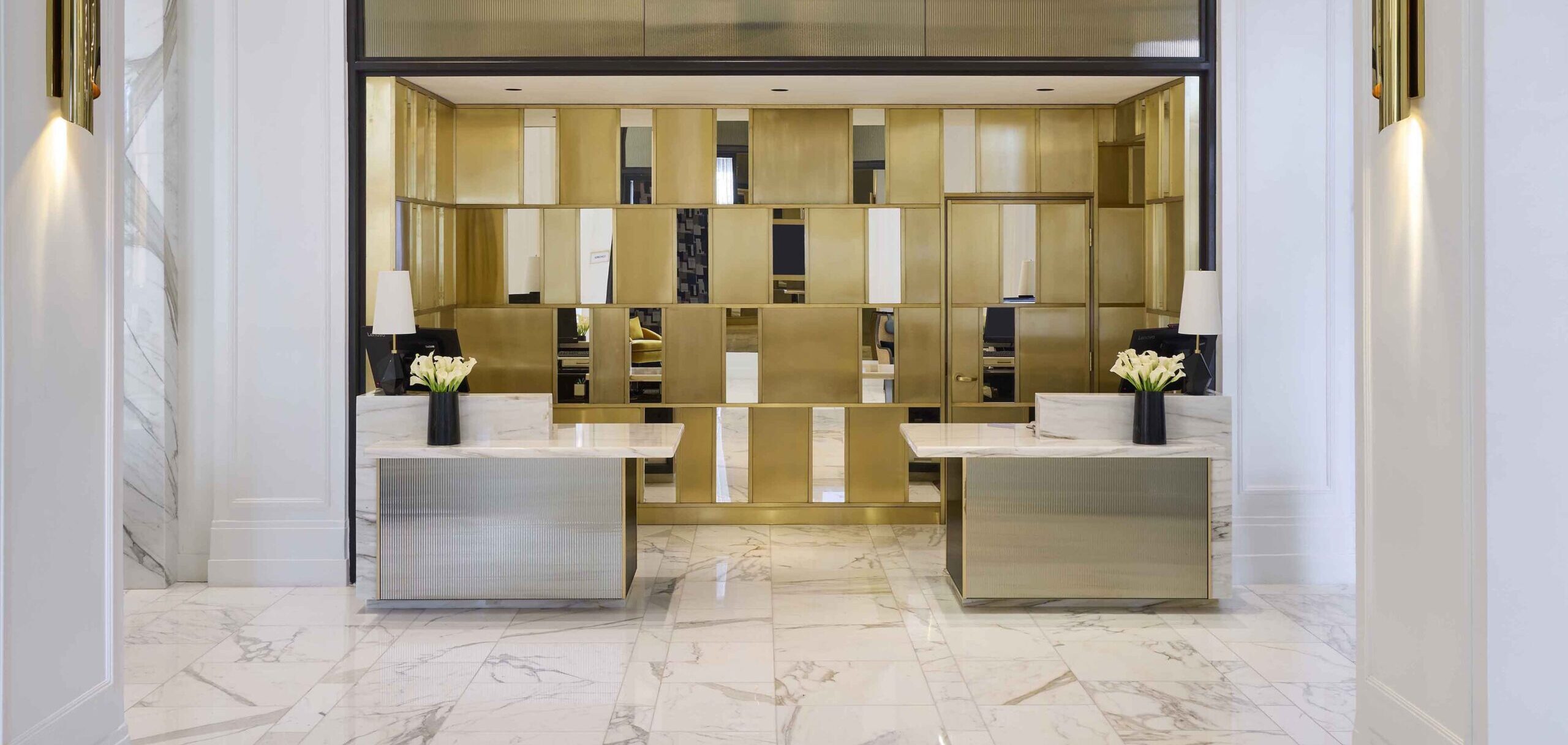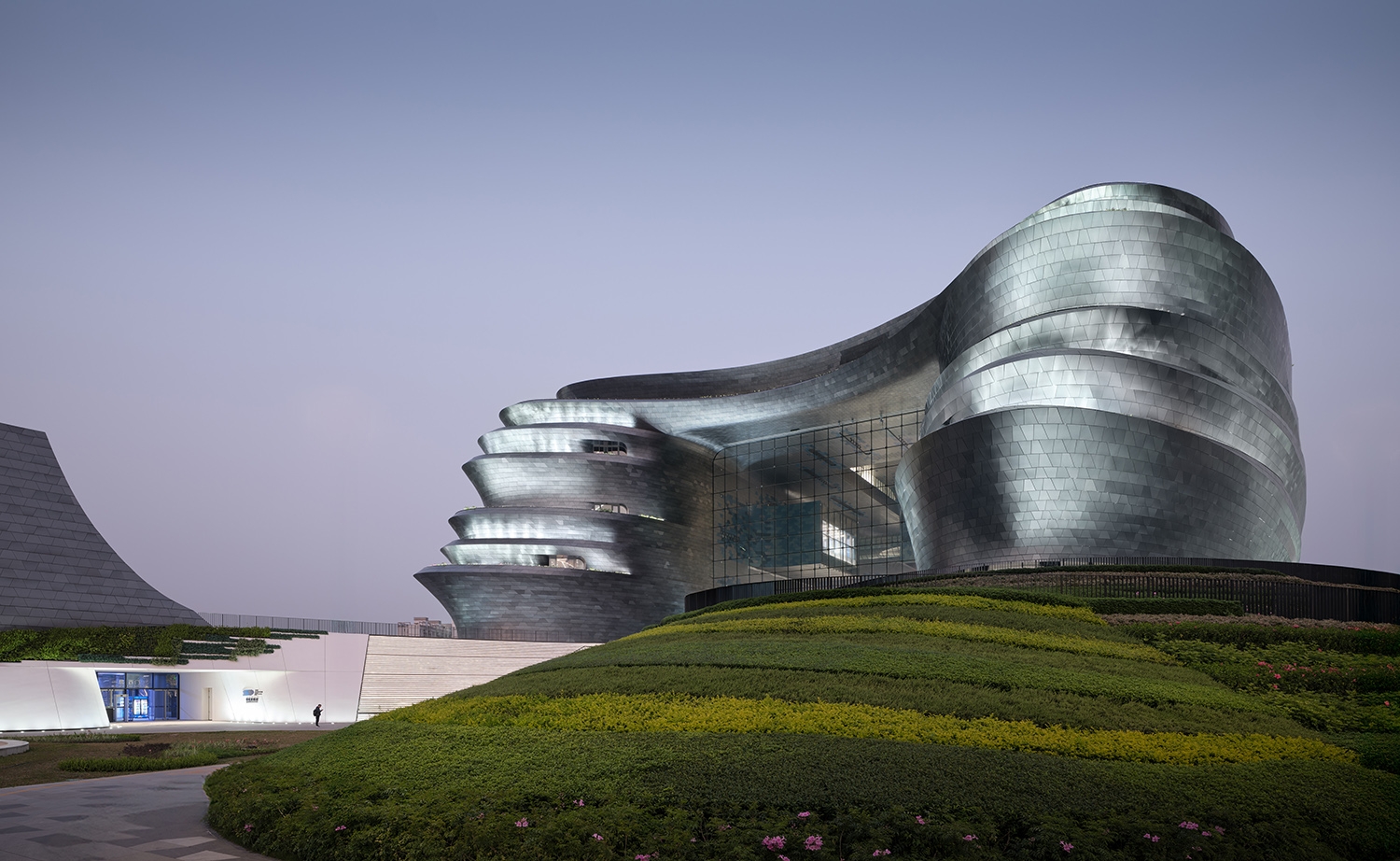The renovated and improved Grand Palais will welcome visitors a year before its official reopening in the spring of 2025, to host the Olympic and Paralympic Games in Paris this year. From July 26 until August 11 it will become the venue for fencing and taekwondo for the Paris 2024 Games.
As these Games are all about representing French cultural heritage—which can be seen in every detail from medals and podiums to the brands and craftsmen creating them—the building with such a rich history as the Grand Palais, which was built for the Paris Universal Exhibition in 1900, is undeniably one of the timeless monuments in Paris that had to be part of such an important event for France.
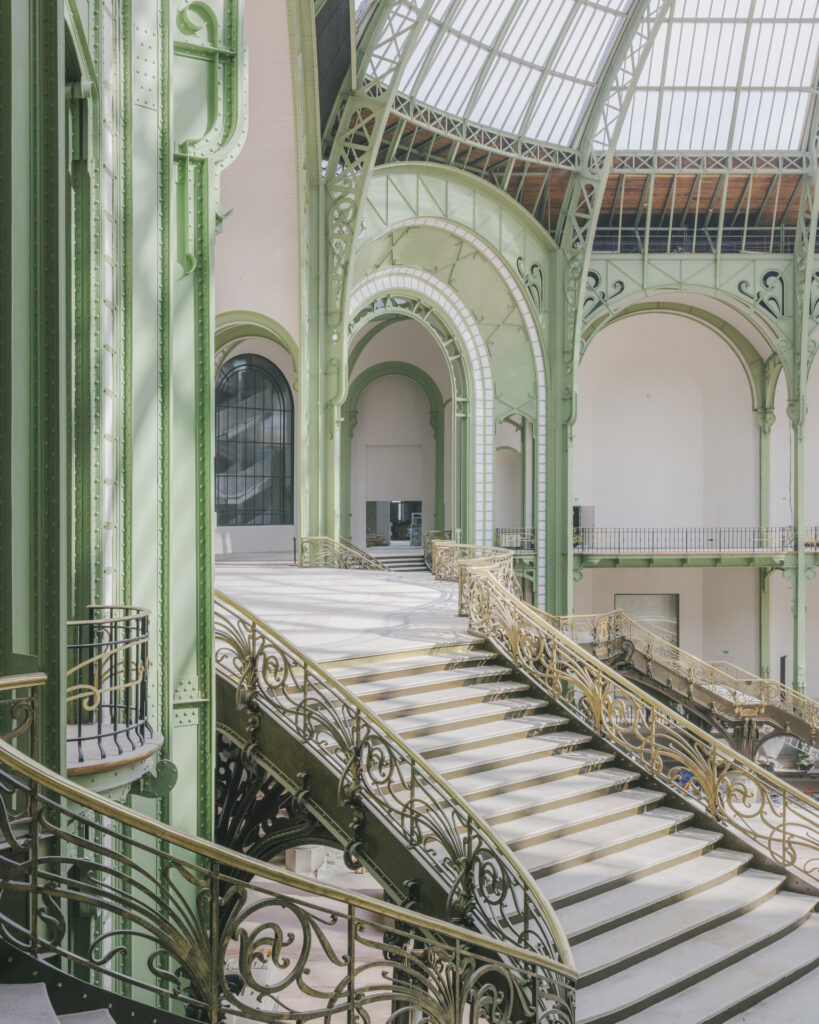
This was the first time when the Grand Palais was given a full restoration, which was a must to make the space more functional for the contemporary standards of art galleries and museums—as it was eventually affected by numerous technical problems and the building’s original volumes no longer being visible to visitors. In addition to that, the garden and the integration of the Grand Palais into the historic urban environment have been overlooked for a while. It was finally decided to reimagine the building in 2021 while preserving its historical importance.
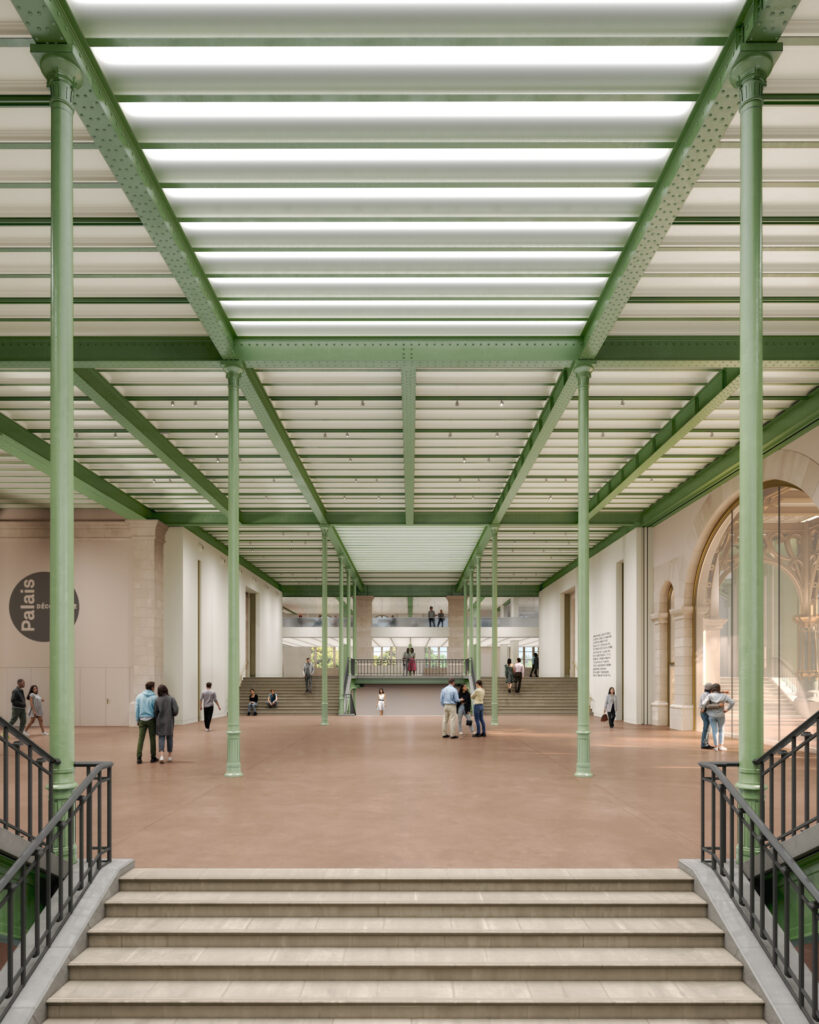
French studio Chatillon Architectes carried out the renovation of this magnificent monument, while the original work was a collaboration of several architects: the Nave and galleries by Henri Deglane, the intermediate part by Albert Louvet, the Palais d’Antin by Albert Thomas, and the coordination of the whole by Charles Girault, an architect of the Petit Palais.
During the remodelling and digital heritage diagnosis processes, the 3D superimposition of more than 3,000 archive and surveyor plans, as well as point clouds were used to analyze the whole building and develop technical solutions for its improvement. When it comes to redesigning the building that over the century has become the international showcase of the French cultural scene, it was important to develop a project that would restore the Grand Palais while also making its layout more contemporary.

After the renovation visitors will be able to rediscover the unique beauty of the site’s architecture—full of space and natural light. The Grand Palais will offer visitors a free interior walk from Square Jean Perrin to the Seine via the central square, linking the Palais d’Antin and the Nave. It will allow them to witness the splendid North-South and East-West perspectives, understand the interdependence of spaces, and open up the revived power of the building.
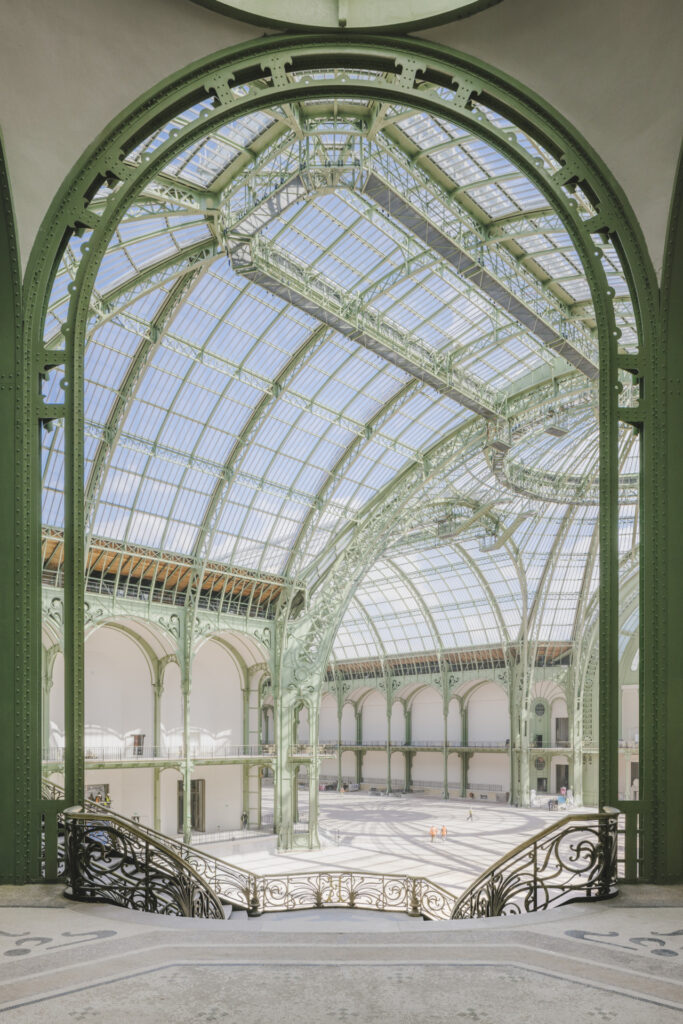
Among the practical elements of the space’s renovation is such a vital part as the integration of a system to insulate the floor of the Nave, which will extend the operating time of the building. It reminds us that as majestic as the Grand Palais is, this renovation is focused on improving its technical standards, which will positively affect the logistical performance of the building. Additional improved conditions for welcoming the public are the underground levels—where the horse-riding ring used to be located—now being dedicated to the reception of children.
It was revealed that exhibitions for young people with an ‘Arts and Sciences’ approach will be presented jointly each season by the RMN-GP and the Palais de la découverte.
However, not everything is going to be changed. For example, the elegant Galeries Nationales, designed by Pierre Vivien at the request of André Malraux, will be preserved and enhanced to create a link between the past, present, and future of the building.
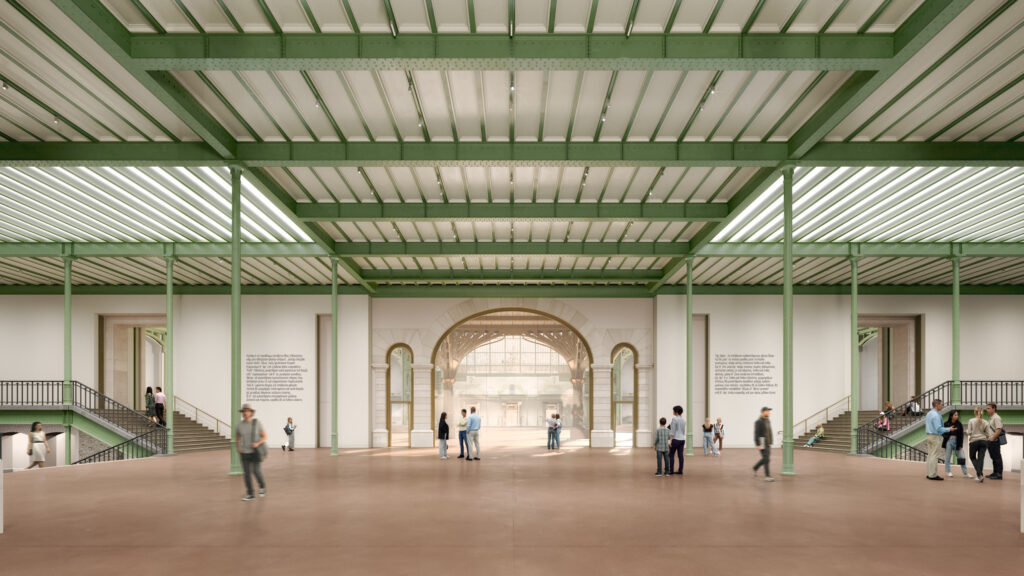
Although the general public will only be able to witness all the improvements and changes in a year, the Grand Palais being one of the venues for this year’s Olympics is a phenomenal event that will stay in the rich history of this exceptional building for years to come.





